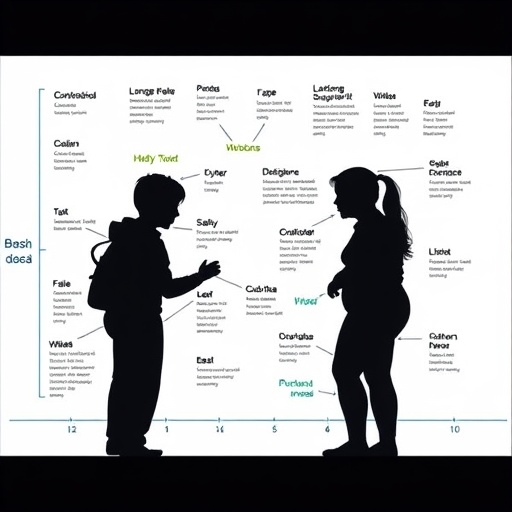University of Missouri researcher says the exercise guides can also be used by low-income families to promote a healthy lifestyle

Credit: University of Missouri College of Education
COLUMBIA, Mo. – While physical activity is important for everyone, research has shown people with developmental disabilities do not exercise as often as their typically developed peers. In an effort to close this disparity, a researcher at the University of Missouri recently created fitness picture books that help youth with autism exercise more frequently while offering low-income families a simple resource for workout motivation when outdoor fitness equipment might not be accessible.
“There is so much research geared toward helping individuals with autism improve their academic performance, social skills and communication skills, but we also need to remember how important physical activity is for living a healthy lifestyle,” said Lorraine Becerra, an assistant teaching professor at the MU College of Education. “There are numerous health benefits of exercise, such as pumping blood in your body, better sleep and reduced risk of obesity. Also, if we can get kids with autism more physically engaged, they are more likely to run around and play with their peers, so there are other aspects of their life we can improve as well.”
Becerra is also a behavior analyst at the Thompson Center for Autism and Neurodevelopmental Disorders. Since some of her former clients with autism had body mass indexes that had risen to unhealthy levels due to excessive sedentary behavior, their caregivers asked Becerra to develop creative ways to encourage their children to exercise more.
So, in a recent research study, Becerra created fitness picture books that contained step-by-step images of various exercises, such as jumping jacks, bear crawls and lunges. The picture books were successfully utilized to increase the amount of time the individuals with autism engaged in physical activity.
Having previously worked in low-income school districts with limited financial resources, Becerra understands the need to find cost-efficient methods to help kids with autism exercise more frequently.
“It’s important to remember that some schools might not have a jungle gym or many age-appropriate resources for kids to play with,” Becerra said. “The great thing about the picture books is they provide simple, engaging exercises that can be done in a wide variety of settings, like a school playground, backyard or even an empty field at a park. It is also a quick and easy way for caregivers or teachers to provide organized structure during flexible free time, such as during recess.”
With recent advancements in technology and entertainment, youth are increasingly spending more of their time sitting in front of televisions, tablets and personal electronic devices. Becerra is passionate about reminding youth — particularly individuals on the autism spectrum — about the importance of scheduling time for physical activity.
“These lifelong habits start when you are young,” Becerra said. “Making time to run around and establish those exercise routines early in life will help youth maintain those habits in their adolescent and adult years.”
###
“The effect of photographic activity schedules on moderate-to-vigorous physical activity in children with autism spectrum disorder” was recently published in the Journal of Applied Behavior Analysis.
Media Contact
Brian Consiglio
[email protected]
Original Source
https:/
Related Journal Article
http://dx.




